Feature
Breaking Down Strong Female Characters In Literature
Killing Eve, The Marvelous Mrs. Maisel, Orphan Black, The Legend Of Korra, Alias Grace, Orange Is The New Black, Big Little Lies. I could name more, way more, if you were looking for shows that are woman-centric or female-driven, or that feature strong female characters. Movies too; Gully Boy’s Safeena was exceptionally badass. But books?
Don’t get me wrong – there are literally thousands of books that have strong female characters, hundreds with female protagonists – written over the centuries by both male and female writers. But why aren’t they on the tip of my tongue?
To be fair, some of those shows mentioned above are based on books. Alias Grace, by the magnificent Margaret Atwood, was a thoroughly captivating read, as was The Handmaid’s Tale. Despite the undeniable dearth of strong female characters in today’s fiction as compared to male ones, world literature has given us a variety of superbly tenacious women that continue to inspire us through the pages, through the ages. Be it the revolutionary women of Victorian England that break through the rampant patriarchy of the 19th century, the fierce African-American women that shatter gender and racial discrimination in a world dominated by men, or our very own robust women from India that challenge male hegemony and everything that comes with it. Bronte’s Jane Eyre, Alice Walker’s Celie, Arundhati Roy’s Ammu – they are all strong female characters that are nuanced and realistic, powerful and three-dimensional. But what makes them strong?
What do you think of when I say “strong female character”? I invariably picture a strong-minded, strong-willed, individualistic female – someone who takes a radical stand for herself and survives all odds, despite the constricting nature of her private and public worlds. She breaks through the conventional boundaries of gender, society, and race, and strives to find an identity that isn’t exclusive to the ascribed traditional roles of mother, wife, and daughter.
In Toni Morrison’s Sula, the protagonist Sula Peace shuns the socially constructed notions of what it means to be a woman, defies the traditional power structure that exists within both Caucasian and African-American communities, and protests the gender-based and racial-based oppression enacted upon Black women through their expected gender roles and stereotypes. The radical strand in Sula becomes apparent early on in the book when she determinedly cuts the tip of her own finger off to scare away four boys who are on the verge of harassing her and her friend Nel on their way back from school. “If I can do that to myself, what you suppose I could do to you?” she says. According to Lois Tyson’s definition of a Liberated Woman, Sula has “discovered her abilities, knows what she needs, and goes about getting it.” Sula is undoubtedly a strong female character. But is Sula a strong character? What does it mean to be strong? What is the difference between a strong female character and a strong male character, if any?
In fiction, a strong character is generally one that drives the plot of the story forward. They have a solid core of identity, of integrity – whether or not they are themselves aware of it. They are capable of real self-knowledge, have the ability to cope with and learn from difficulties, and can take responsibility or at least be aware of their thoughts and actions. They are the voice in the novel that’s heard the loudest. Strong characters are full of potential and possibility. They can be good, evil, protagonists, antagonists – or anywhere and anything in between.
In contrast, a weak character exists on the sidelines – not necessarily the sidelines of the story, but of their own character. They have not and will not come into themselves in the duration of the story, are vague in their actions and intentions, and are less likely to accept or ready themselves to meet challenges. A weak character is steeped in perpetual indecision and is incapable of change. They are forgettable, dispensable.
The main difference between a strong and weak character is that the former is well-developed and adds width and depth to the story. Without them, the plot is feeble, the story stagnant. Strong characters in literature are typically complex and are thick with personality, flaws, quirks, and interests. They have a flavourful past and a fertile future and make all readers want to dive into every little detail about them, so they can form a thorough and realistic account of the story’s present.
It is no secret that there is a severe lack of diversity and representation in the publishing industry, not just in India, but all over the world. This kind of gender bias is appalling in an industry that would fall apart without women – whether writers, readers, or publishers. Calling for female authors and modern woman-centric stories, and supplying them with good PR and marketing, is the least that can be done. It is not enough for people to merely be aware that women are as – and sometimes more – physically capable, mentally tough, clever, humorous, financially accomplished, and independent as men.
21st century literature must work towards a more equal and realistic representation of women in fiction. The literary landscape of today needs diverse books featuring modern female characters of every colour, ethnicity, religion, and sexuality, of every background, nationality, ideology, and age. The world is brimming with strong complex women. The literature of today must be characteristic of these women, in thought, belief, and body.
Both male and female writers should strive to form strong well-rounded women characters in leading roles in fiction, characters that can represent and voice who we are, who we were, or who we aspire to be – or even not to be. And this must be done as organically as is possible.
In literary non-fiction, a strong female character can act as a vessel for the thoughts and beliefs of the writer. But in fiction, it is absolutely imperative for a character to be fully developed or developing, and not act as a pre-planned caricature of an idea, moral, or message. A strong female character in fiction is not a means to an end. She is not a scheme designed to exhibit the various traits of the feminine psyche, or merely represent the collective experience of a community in a patriarchal society. What we need in literature today are strong women characters that not only explore and deconstruct the mythic power of femininity, but are a personal and private voice true to their own character. We need them to also be strong characters in themselves. We need our writers to not merely roll up crumbs into thin uncooked female characters.
The male and female writers of today must make sure they understand what a “strong character” is, before adding “female” to it. A strong female character must be unique and true to herself, just as a story must be true to itself, whatever its realm of reality. For a strong story featuring a strong female character, the story, the woman, and the character, all three must be strong individually and together. The narrative of the female character must correspond and work symbiotically with the natural narrative arc of the story.
Here’s hoping that by International Women’s Day 2020, I have a few new books with strong female characters on the tip of my tongue.
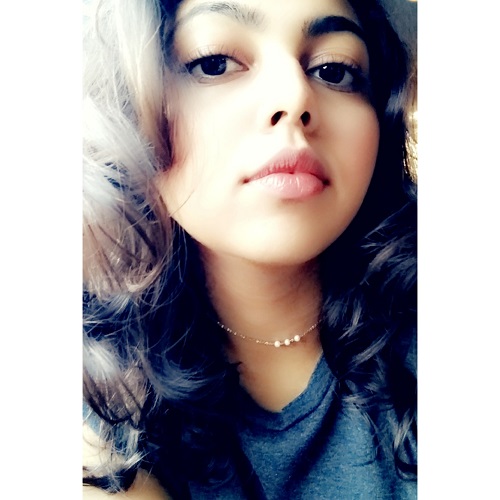
Aashmika is a writer from Mumbai. She recently completed her MA in Creative Writing from Oxford Brookes University and also has an MA in English Literature from Mithibai College, Mumbai. She is also a belly dancer, which successfully battles her professional introversion. When she isn’t reading or writing prose or poetry, she is watching TV shows. She loves animals, tattoos, nature, and taking pictures of things.
Aashmika is currently working on her first novel (but don’t ask her about it).Read her articles here.

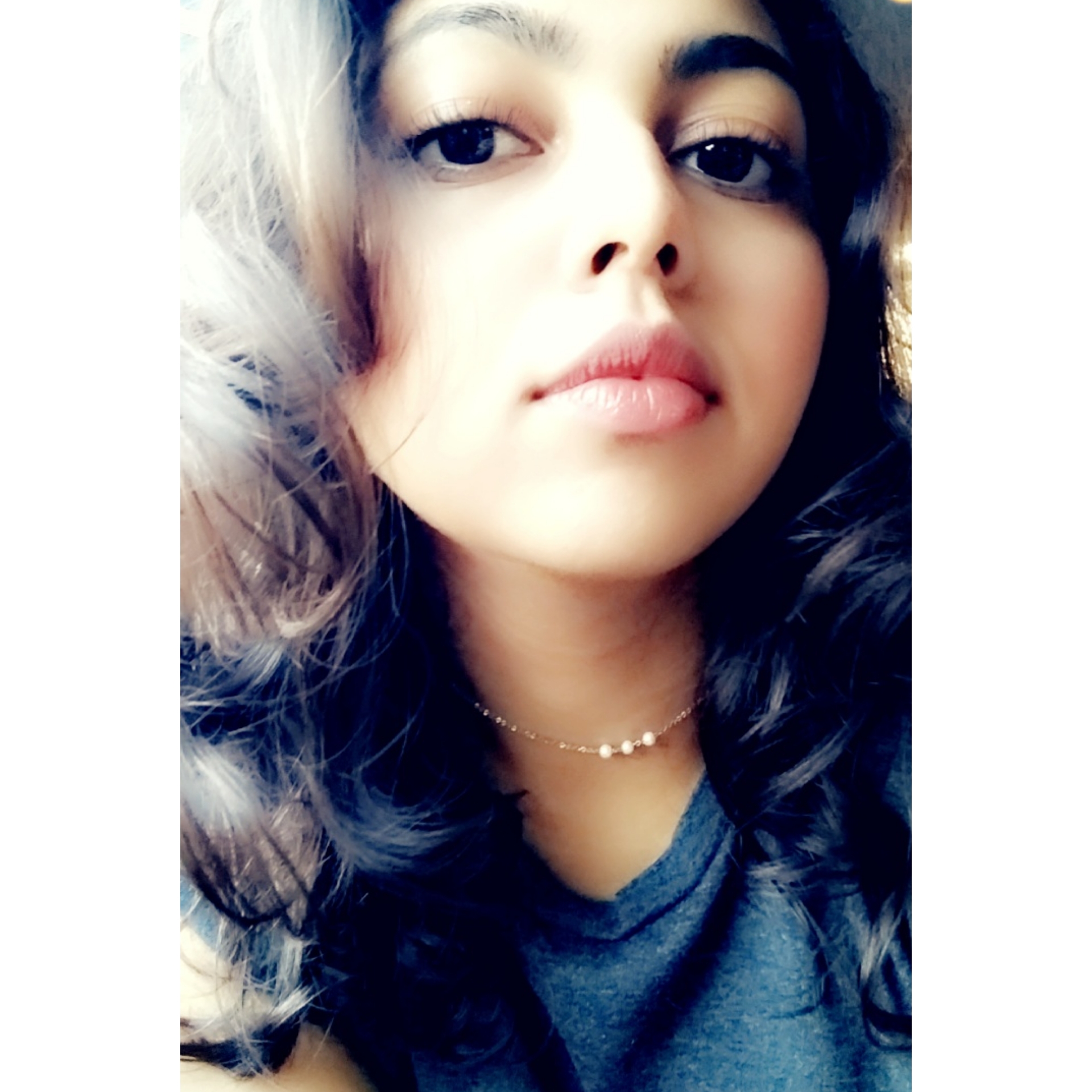
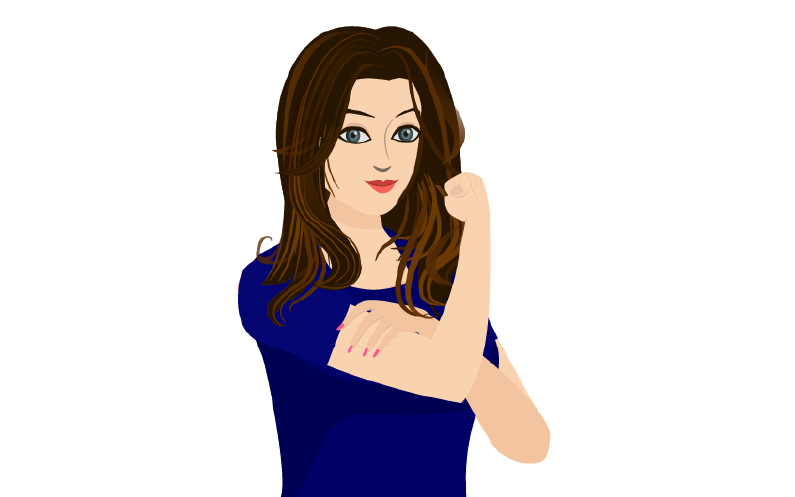
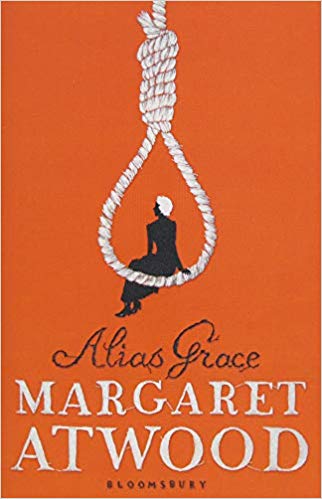
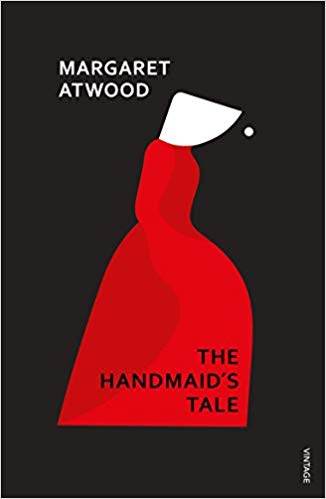
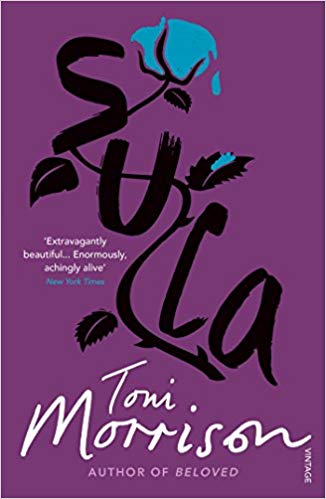
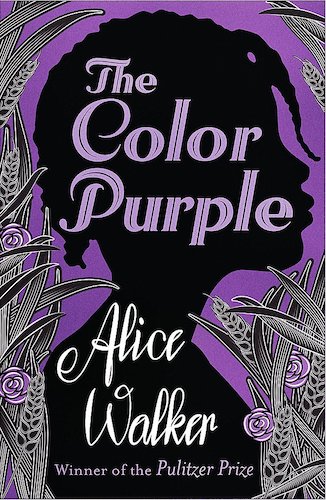

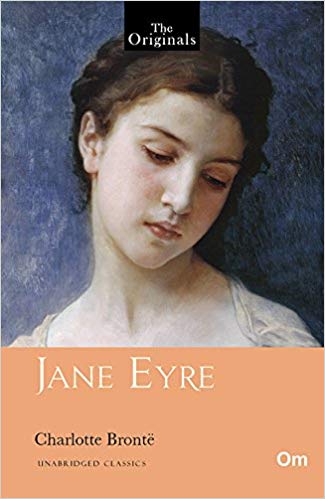
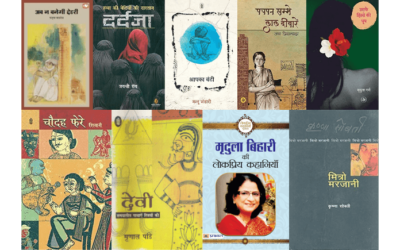
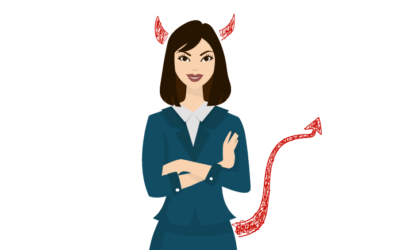
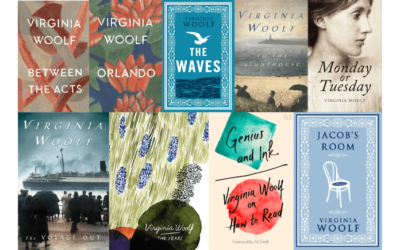
A terrific post, and thank you for the link!